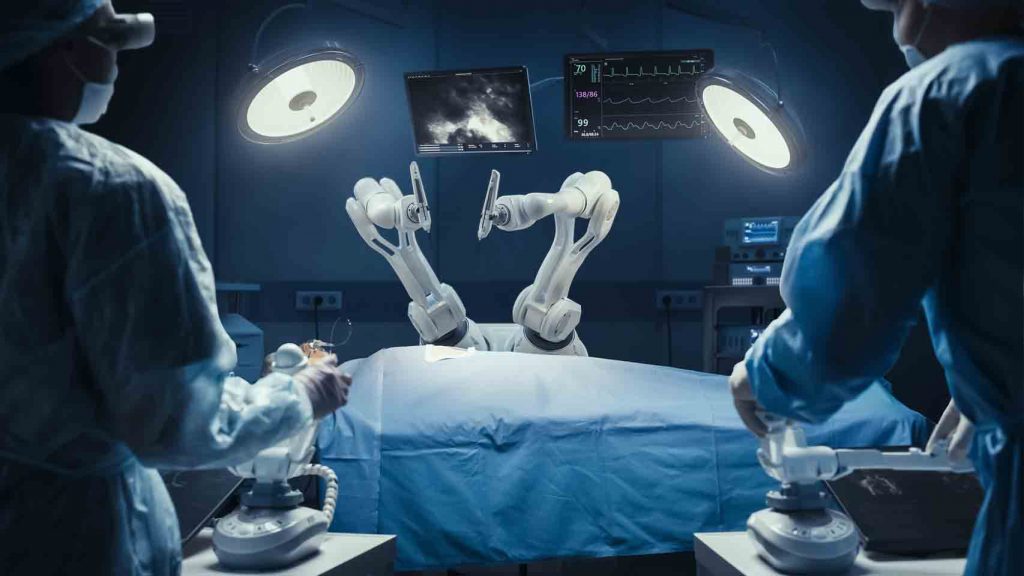Hey there, fellow back pain warrior! Are you ready to dive into the future of Spondylolisthesis rehabilitation? 🤖 In this blog post, we’ll explore how cutting-edge robotics are revolutionizing the way we approach recovery from this challenging condition. So grab a comfy seat and let’s get started!

Embracing Innovation in Rehabilitation
When it comes to managing Spondylolisthesis, traditional rehabilitation methods often involve a combination of physical therapy exercises, pain management techniques, and lifestyle modifications. While these approaches can be effective, recent advancements in technology are opening up new possibilities for enhanced recovery. Enter: robotics.
How Robots Are Making a Difference
1. Precision and Customization
- One of the key advantages of robotic rehabilitation is its ability to deliver precise and personalized therapy. By analyzing biomechanical data and adapting in real-time, robotic systems can tailor treatment plans to meet the unique needs of each patient.
2. Targeted Muscle Activation
- Robots equipped with advanced sensors and actuators can target specific muscle groups with unparalleled accuracy. This targeted approach helps strengthen muscles surrounding the spine, improve stability, and alleviate pain associated with Spondylolisthesis.
3. Passive and Active Assistance
- Depending on the stage of recovery and individual capabilities, robotic devices can provide both passive support and active assistance during rehabilitation exercises. This versatility allows patients to gradually progress through their rehabilitation journey at a pace that suits them best.
Exploring Robotic Rehabilitation Technologies
1. Exoskeletons
- Exoskeletons are wearable robotic devices that assist with movement and provide support to the spine and surrounding muscles. These devices can be programmed to adapt to various activities, from walking to lifting weights, offering a comprehensive approach to rehabilitation.
2. Robot-Assisted Therapy Devices
- Robotic devices specifically designed for rehabilitation therapy, such as robotic arms and platforms, enable patients to engage in targeted exercises under the guidance of healthcare professionals. These devices can monitor progress, adjust resistance levels, and provide real-time feedback to optimize outcomes.
3. Virtual Reality Integration
- Some robotic rehabilitation systems incorporate virtual reality technology to enhance the patient experience. By immersing patients in engaging virtual environments, these systems can motivate individuals to participate more actively in their rehabilitation exercises, leading to better outcomes.
The Future Looks Bright
As technology continues to evolve, the future of Spondylolisthesis rehabilitation holds immense promise. By harnessing the power of robotics, we can unlock new possibilities for recovery and empower individuals to reclaim their lives with confidence and resilience.
So, if you’re navigating the challenges of Spondylolisthesis, don’t be afraid to embrace innovation and explore the world of robotic rehabilitation. Together, we can harness the power of technology to overcome obstacles and embark on a journey toward greater strength, mobility, and well-being.
